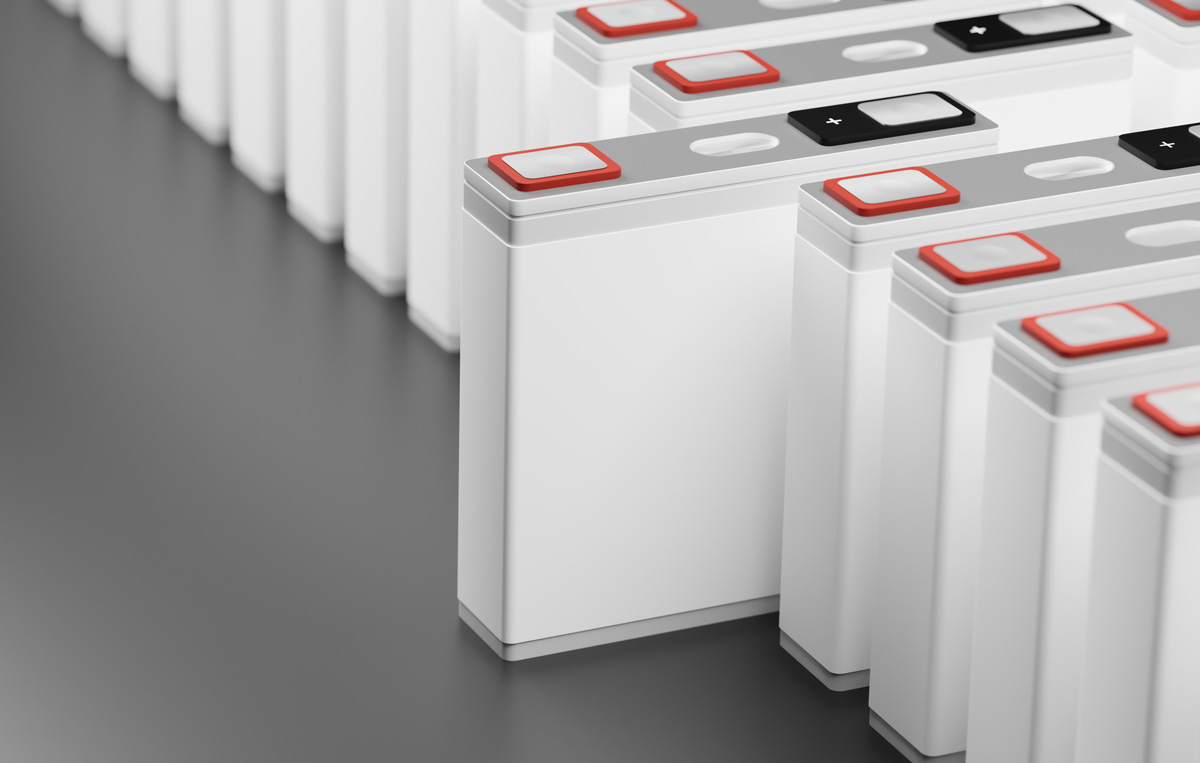A team from the Beijing University of Chemical Technology has used a formic acid-hydrogen peroxide system for selective leaching of lithium ions from spent lithium iron phosphate batteries. A paper on their process was published in the Journal of Power Sources.
The team achieved optimal leaching conditions by single-factor optimization: formic acid concentration of 0.8 mol/L, solid–liquid ratio of 50 g/L, initial hydrogen peroxide volume fraction of 8%, temperature of 60° C, and a reaction time of 1 hour. Under these conditions, the extent of lithium leaching reaches 99.9%, while iron leaching is only 0.05%.
The optimal leaching conditions were verified by multi-factor response surface experiments and the results obtained by the two methods were similar. The primary precipitation extent and purity of the lithium product achieved 85.05% and 99.9%, respectively, using sodium carbonate precipitation to recover lithium ions from the leach filtrate.
“In this study, formic acid, an organic acid that is less acidic, green, easily decomposed and less polluting than inorganic acids, was used as the leaching agent and hydrogen peroxide was used as the oxidizing agent. The proposed recovery technology has the advantages of simple, short process, good performance, high lithium concentration in leaching solution with almost no iron ion and high purity of lithium carbonate,” the authors wrote.
Source: Green Car Congress

lasuna pills – lasuna for sale online where to buy himcolin without a prescription
besifloxacin sale – brand sildamax sildamax over the counter
order gabapentin online – gabapentin 800mg us azulfidine price
buy probalan cheap – where can i buy probenecid order tegretol online cheap
mebeverine 135 mg cost – brand mebeverine 135mg cilostazol 100 mg generic
celecoxib 200mg generic – urispas brand buy indomethacin 75mg
voltaren drug – buy diclofenac pill buy aspirin 75mg pill
cost rumalaya – how to get shallaki without a prescription order endep 50mg without prescription
buy generic baclofen 25mg – order baclofen 10mg for sale order piroxicam 20mg online
mobic 7.5mg cheap – generic rizatriptan 10mg toradol online
artane oral – buy artane pills diclofenac gel where to buy
cheap isotretinoin 20mg – isotretinoin 40mg ca buy deltasone sale
prednisone 40mg tablet – where can i buy elimite zovirax drug
acticin price – generic acticin oral tretinoin gel
order generic flagyl 400mg – where can i buy cenforce cenforce uk
buy augmentin 375mg sale – buy augmentin generic buy levoxyl
buy clindamycin cheap – indomethacin price cheap indomethacin
buy hyzaar tablets – keflex 500mg without prescription keflex 250mg brand
purchase eurax gel – aczone us purchase aczone sale
buy generic bupropion over the counter – cheap ayurslim shuddha guggulu where to buy
cost provigil – melatonin 3 mg price meloset 3 mg for sale
buy prometrium no prescription – buy fertomid medication purchase clomiphene for sale
where to buy xeloda without a prescription – buy naprosyn sale buy danazol 100mg generic
where to buy alendronate without a prescription – fosamax online buy generic provera 5mg
г‚·гѓ«гѓ‡гѓЉгѓ•г‚Јгѓ« жµ·е¤–йЂљиІ© – г‚·гѓ«гѓ‡гѓЉгѓ•г‚Јгѓ« еЂ‹дєєијёе…Ґ гЃЉгЃ™гЃ™г‚Ѓ жЈи¦Џе“Ѓг‚·г‚ўгѓЄг‚№йЊ гЃ®жЈгЃ—い処方
eriacta pillow – forzest rain forzest crazy
crixivan over the counter – order confido for sale buy emulgel online cheap
valif online cage – sustiva 10mg cheap sinemet brand
buy modafinil online cheap – buy duricef tablets buy combivir pills for sale
ivermectin 3 mg for people – ivermectin 12mg tegretol 400mg without prescription
order promethazine 25mg generic – lincocin cheap buy lincocin pill
deltasone 5mg drug – buy captopril without prescription order capoten 25mg online cheap
isotretinoin price – decadron 0,5 mg ca linezolid 600mg pills
amoxil price – order combivent online cheap where to buy ipratropium without a prescription
order azithromycin 250mg without prescription – order bystolic 5mg generic bystolic buy online
buy prednisolone tablets – order prednisolone 5mg without prescription progesterone 200mg drug
purchase augmentin online – augmentin buy online duloxetine 40mg cost
cost vibra-tabs – buy glucotrol 5mg sale glucotrol over the counter